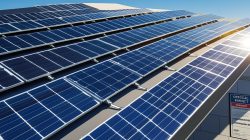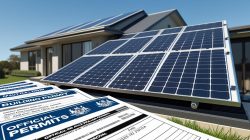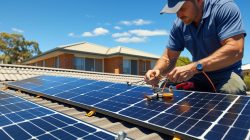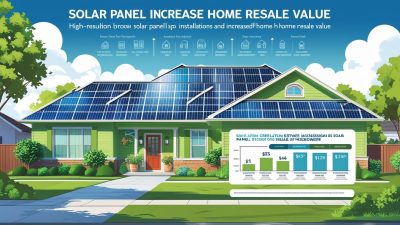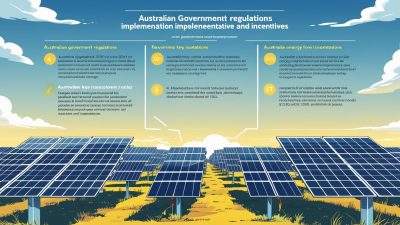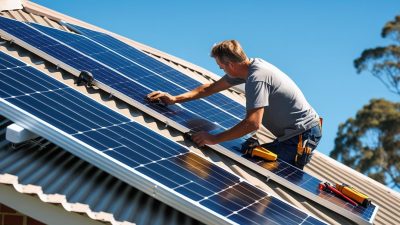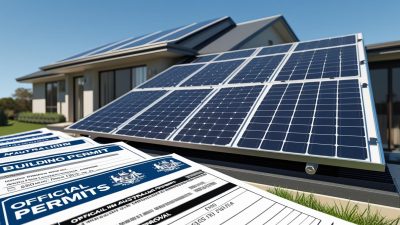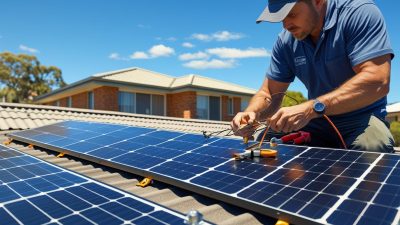Solar Panel Rebates Australia 2025
Bloggerbanyumas.com – Solar Panel Rebates Australia 2025 As Australia continues its push toward a sustainable and green future, the adoption of solar energy has reached new heights. The Australian government, alongside various state and territory programs, has provided several rebates and incentives to encourage the installation of solar panels. These incentives are designed to make solar energy more accessible, affordable, and beneficial for homes and businesses across the country. With the rise in energy prices and increasing environmental concerns, the demand for solar power is at an all-time high. In this article, we explore the solar panel rebate landscape in Australia for 2025, providing you with everything you need to know to make the most of these opportunities.
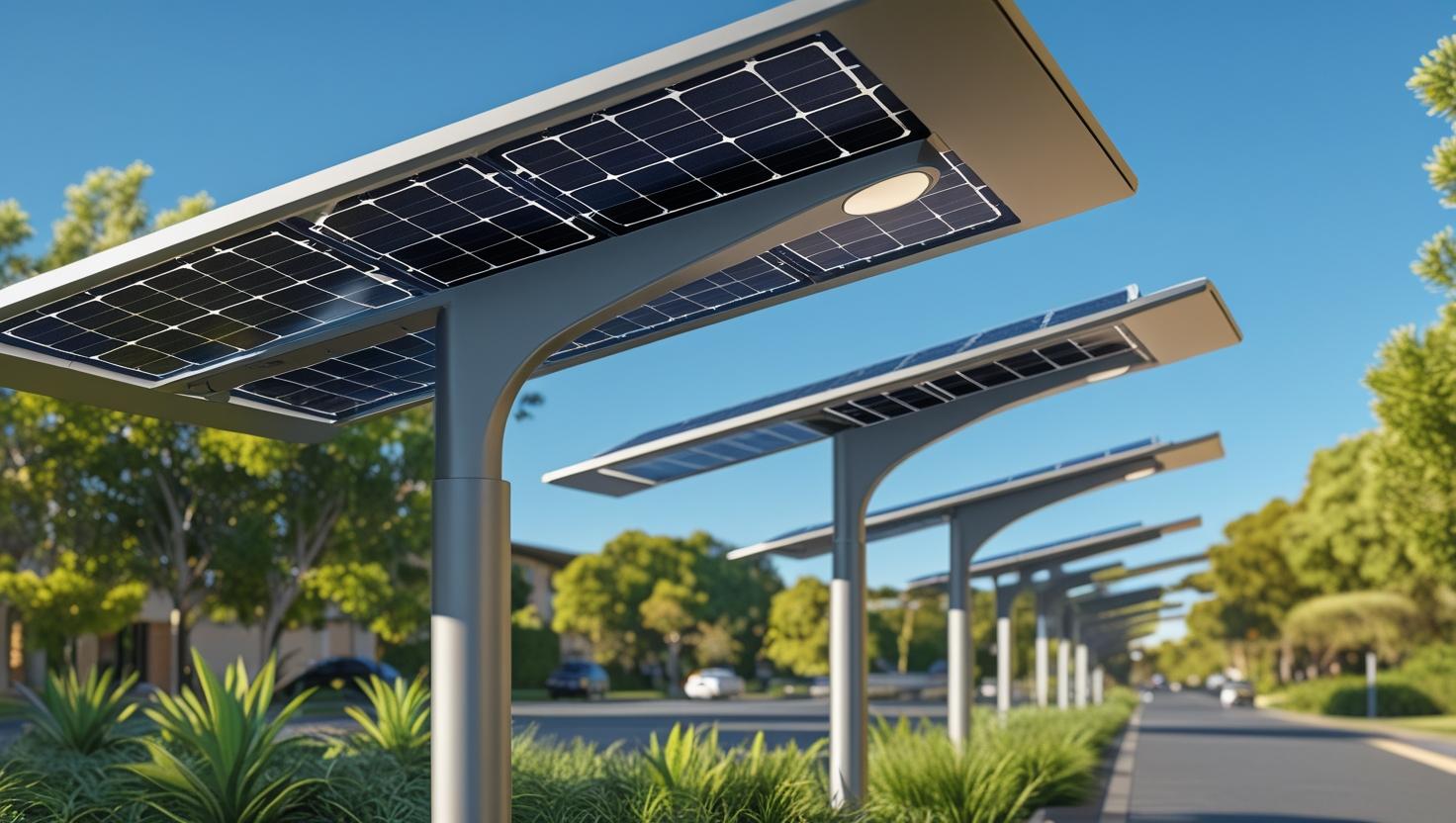
Why Solar Panel Rebates Matter for Australians in 2025
In 2025, the push for renewable energy has become even more crucial in Australia’s effort to reduce carbon emissions and transition to a greener future. Solar power is a key component in this transition, and solar panel rebates play a significant role in helping Australians make the shift to solar energy. With these rebates, the upfront cost of solar systems has become significantly more affordable, giving homeowners, businesses, and industries the incentive to invest in renewable energy.
Not only do solar rebates benefit the environment by reducing reliance on fossil fuels, but they also help alleviate the financial burden of purchasing and installing solar panel systems. Rebates and incentives are expected to increase in 2025, as the Australian government continues to focus on meeting its net-zero emissions target by 2050. Therefore, understanding the various solar panel rebate options available in Australia is essential for those looking to take advantage of these financial benefits and contribute to a more sustainable future.
1. The Small-Scale Renewable Energy Scheme (SRES): A Federal Rebate for Solar Panels
The Small-Scale Renewable Energy Scheme (SRES) is one of the most popular federal rebates available for solar panel installations in Australia. It was established to incentivize the uptake of renewable energy technologies, including solar panels, solar water heaters, and small-scale wind and hydro systems. The SRES is part of the government’s broader efforts to meet Australia’s renewable energy targets and reduce greenhouse gas emissions.
Under the SRES, eligible individuals and businesses can receive a rebate based on the number of Solar Credits they are entitled to. Solar Credits are awarded based on the size of the solar system installed and the location in which it is installed. For instance, solar systems in areas that receive more sunlight may be awarded more credits due to their increased energy generation potential.
For 2025, the SRES remains a vital tool for reducing the upfront cost of installing solar panels. Homeowners can save thousands of dollars on their system installation costs. The credits are typically applied to the purchase price of the solar system, meaning that individuals do not have to pay the full upfront cost. The rebate amount can be substantial, depending on the size of the system and the location of installation. It’s crucial to consult with accredited solar installers to ensure eligibility and to claim these incentives accurately.
2. State-Specific Solar Rebates and Incentives
In addition to the federal SRES, each state and territory in Australia offers its own set of solar panel rebates and incentives. These state-specific rebates vary in terms of eligibility, coverage, and rebate amounts, but they all contribute to making solar energy more affordable. Below are the key state-level incentives for solar panels in 2025:
- New South Wales (NSW):
The NSW government provides a range of incentives for solar energy, including interest-free loans and rebates for households and businesses. The Energy Savings Scheme offers incentives for solar panel installations, as well as solar battery storage. Additionally, the Solar for Low Income Households program offers extra assistance to eligible families. - Victoria:
In Victoria, the Solar Victoria initiative continues to offer substantial rebates for solar panel systems. The Victorian Solar Homes Program offers rebates of up to $1,400 for solar panel installations, along with additional incentives for solar battery systems. The state also runs programs for low-income households and renters. - Queensland:
Queensland’s Solar for Rentals program helps renters install solar panels on their rental properties with no upfront costs. The Queensland Government Solar Rebate provides subsidies for homeowners installing solar systems, and there are additional rebates available for solar battery storage. - South Australia:
The South Australian government has a variety of rebates and incentives for solar panel systems, including subsidies for solar battery storage. The Solar Home Battery Scheme offers significant rebates to install solar systems with integrated battery storage. - Western Australia:
Western Australia’s Solar Communities Program offers rebates for solar panel installations in eligible community and sporting organizations. They also offer incentives for solar water heating systems. Additionally, the state’s Solar Power Rebate program continues to assist homeowners in adopting solar energy. - Tasmania:
Tasmania has the Solar Homes Program, which provides rebates for the installation of solar panels and solar hot water systems. The state government also offers low-interest loans for households to finance their solar energy projects. - Australian Capital Territory (ACT):
The ACT government offers rebates through the ACT Solar and Battery Storage Program. The program helps eligible households and businesses reduce the cost of installing solar panels and batteries, supporting the territory’s ambitious renewable energy goals.
Each of these states and territories has its own set of rules, eligibility criteria, and application processes. Homeowners and businesses should check with their local government or accredited solar providers to understand the full details of the available incentives.
3. Solar Panel Rebates for Businesses and Commercial Installations
Solar panel rebates in Australia are not only limited to residential installations. Businesses and commercial properties can also take advantage of these incentives. Commercial solar systems, which are typically larger than residential systems, can benefit significantly from solar rebates. These incentives are designed to encourage businesses to reduce their energy consumption and carbon footprint.
In 2025, businesses across Australia will be able to take advantage of both federal and state-level solar rebates, including the SRES for small-scale commercial systems. Additionally, businesses may be eligible for the Instant Asset Write-Off program, which allows companies to deduct the cost of solar panel systems from their taxable income. This program has proven to be a highly beneficial way for businesses to install solar power while saving on taxes.
4. Solar Battery Storage Incentives
Alongside solar panel rebates, solar battery storage incentives have gained significant importance in Australia. In 2025, homeowners and businesses looking to install solar systems will also have access to rebates for battery storage systems. These systems store excess energy generated during the day, which can then be used at night or during peak demand times.
Several states, including Victoria, South Australia, and Queensland, offer specific incentives for installing solar battery systems. For instance, Victoria’s Battery Storage Rebate offers up to $4,174 for eligible battery installations. Solar battery storage systems offer an additional level of energy independence and can be particularly beneficial for homeowners and businesses in regions with high electricity prices or unreliable grid access.
5. How to Apply for Solar Panel Rebates in Australia
The process of applying for solar panel rebates in Australia can vary depending on the state or territory and the type of system being installed. Here are some general steps to help you navigate the application process:
- Research and Select a Reputable Installer: It is important to choose an accredited installer who is familiar with the solar rebate process. The Clean Energy Council (CEC) provides a list of certified solar installers across Australia.
- Get a Quote: Once you have selected an installer, request a detailed quote for the solar panel system you wish to install. The quote should include the cost of the system, installation fees, and any available rebates.
- Confirm Eligibility: Ensure that you meet the eligibility criteria for the applicable federal and state rebates. This may involve residency requirements, system size restrictions, and income eligibility for low-income programs.
- Submit Application: Your installer will guide you through the application process. You may need to submit certain documentation, such as proof of residency, income, or your electricity bill, depending on the rebate program.
- Install the System: Once your application is approved, the installation process can begin. After the system is installed, the installer will complete the necessary paperwork to claim the rebate on your behalf.
- Monitor Your Savings: Once your solar panel system is up and running, keep track of your energy savings and monitor your system’s performance to ensure you’re receiving the full benefits of the rebate and incentives.
6. The Future of Solar Panel Rebates in Australia
Looking ahead to 2025 and beyond, solar panel rebates in Australia are expected to evolve in line with the country’s renewable energy goals. As solar technology improves and becomes more cost-effective, the availability of rebates and incentives is expected to increase, making solar energy even more accessible to households and businesses.
With Australia’s commitment to achieving net-zero emissions by 2050, solar power will continue to be a vital part of the national energy strategy. Solar panel rebates will play a critical role in this transition, enabling more Australians to switch to renewable energy and contribute to a cleaner, greener future.
Conclusion
Solar panel rebates in Australia provide an excellent opportunity for homeowners and businesses to reduce the upfront costs of installing solar energy systems. With a range of federal and state-specific incentives available, Australians in 2025 are in a prime position to benefit from these rebates and make the switch to solar energy. Whether you are a homeowner looking to lower your electricity bills, a business aiming to reduce your carbon footprint, or simply someone wanting to contribute to a greener future, solar panel rebates offer a viable and financially rewarding option.




